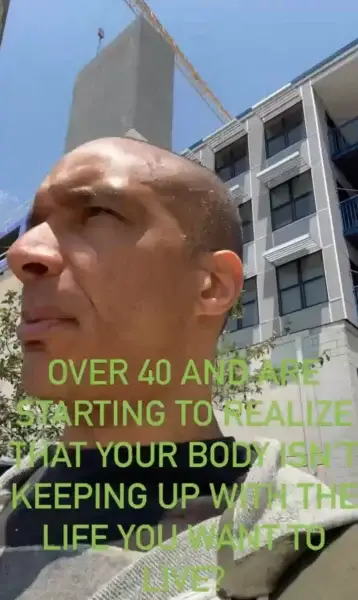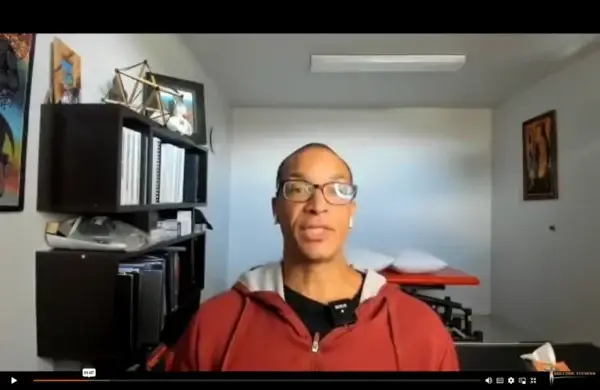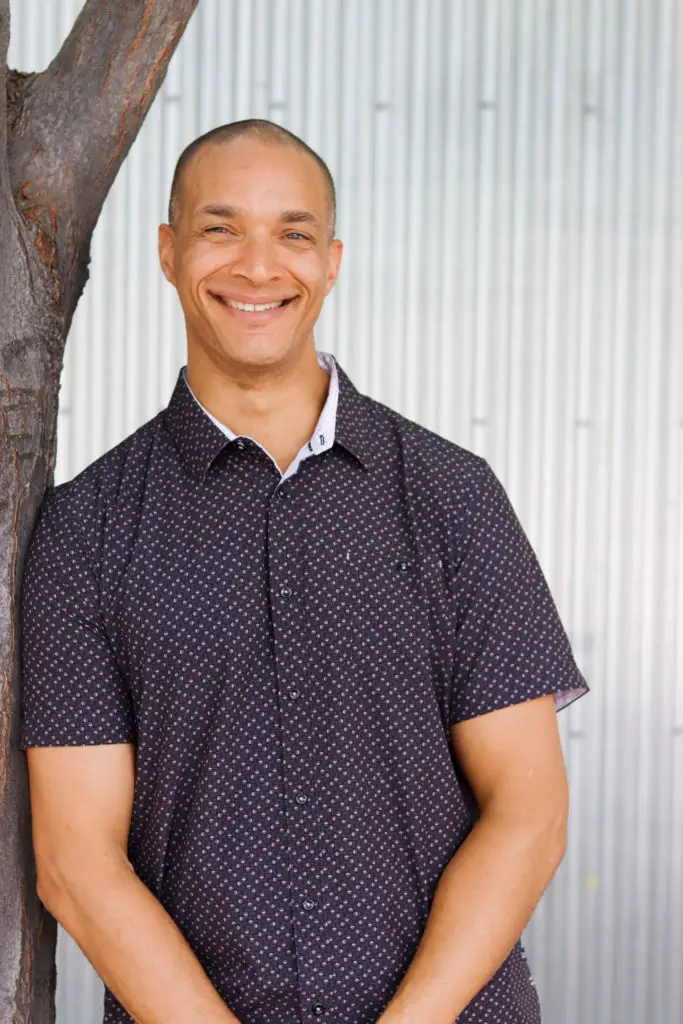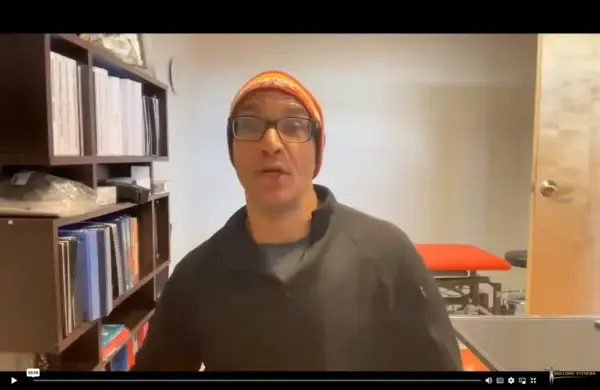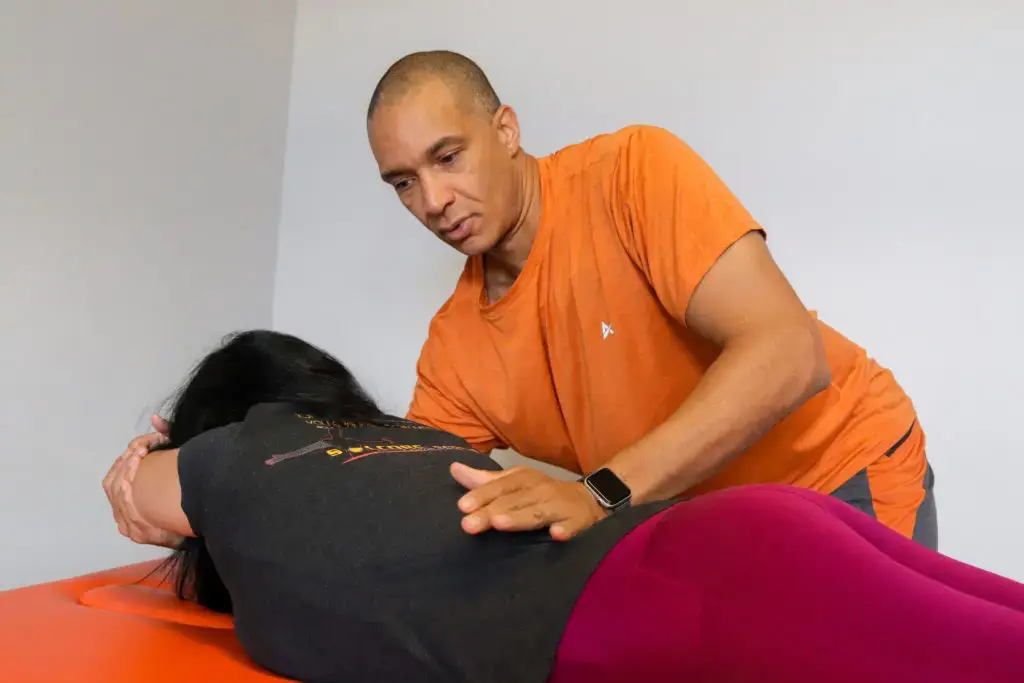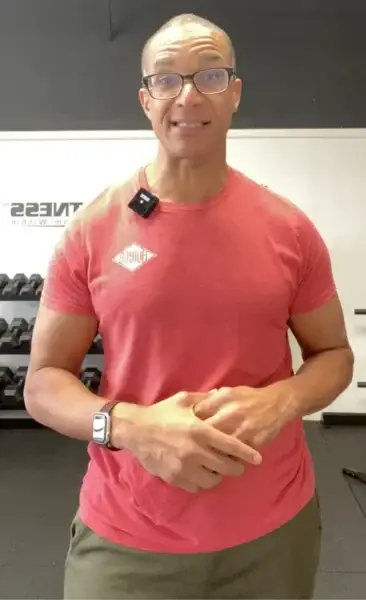
Ever started a week with great intentions workouts plotted, meals planned only for “real life” to arrive like a tidal wave? Work deadlines, family demands, home repairs, just keeping up: it’s easy to feel like there’s no time left for yourself. Sound familiar? Overwhelm is normal. Staying healthy in the midst of it is a learnable, practical skill.
Understanding Overwhelm: It’s Not Just “Too Much”
Overwhelm isn’t a personal failing. Our brains were never designed for 24-hour connectivity, all-day schedules, or modern multi-tasking. Chronic overwhelm causes “analysis paralysis,” procrastination, and eventually frustration that spirals into giving up habits that matter most—like exercise, meal prep, or mobility work.
Real-World Story: When Life Is Full
One SolCore client, Roger, ran a business, raised three kids, and was training for an event. He routinely missed workouts, beat himself up, and cycled negativity. Once he learned to recognize overwhelm (not just try to force willpower), he restructured his week using our “macro/micro” planning—and not only stuck with his goals, but enjoyed the process.
How to Bust Through Overwhelm
1. Clarify Your “Why”
When commitments pile up, reconnect to your biggest goal: “Why am I doing this?” Just “to get fit” isn’t enough. Dig deep (ex: “I want more energy for family adventures” or “I want to age pain-free”). This deeper “why” helps triage in the chaos.
2. Prioritize and List
- Write down everything you need to do then circle the most important 1–3 for each day or week.
- It’s classic, but powerful: a prioritized checklist keeps chaos at bay.
- Even one “win” lifts you above discouragement.
3. Macro vs. Micro Programming
- Macro: Schedule “anchor” routines 3 times/week blocks for major training (strength, movement, full recovery).
- Micro: Use short blocks (5–15 min.) for stretching, mobility, or even breathwork especially useful on extra-busy days.
Busy TV night? Sneak in myofascial stretching while you watch.
4. Adapt Don’t Rigidly Control
Mike Tyson said it best: “Everyone has a plan until they get punched in the face.” Be willing to shift routines, shrink expectations for that day, but never miss completely.
5. The 3-Question Reset
- What is my single top priority for health today?
- How much time do I realistically have?
- What’s a win even if small that I can guarantee?
6. Track, Reflect, Reboot
Check off your daily “musts,” celebrate each one, and review weekly. Adjust as life ebbs and flows.
Story: How Small Wins Drive Momentum
Client “Joan,” a teacher working 60-hour weeks, felt overwhelmed to tears. We designed “micro routines:” 10-minute walks, 5-minute mindfulness, and quick evening stretching. Each tiny success snowballed—energy rose, sleep improved, and she started celebrating herself, not scolding.
The Power of Movement (Especially Myofascial Stretching)
Myofascial stretching is perfect for overwhelmed schedules—it improves circulation, posture, and energy in just a few minutes and can be done anywhere. Clients often report that the short routines break up stress, ease anxiety, and increase focus better than another cup of coffee.
Bonus Tips for Staying Consistent
- Batch cook and prep so you have healthy food even when rushed.
- Tell family or colleagues your goals for a little built-in accountability.
- Use reminders and alarms, or place gym clothes somewhere obvious.
- Most importantly, track wins, not perfection!
What NOT to Do
- Don’t expect to do it all, all the time. Overwhelm thrives on unrealistic expectations.
- Don’t beat yourself up for missing one day—reset, refocus, re-engage.
- Don’t fly solo if a group or coach would help—sometimes community is your best support structure.
Final Thought: Progress in Busy Times
You can’t eliminate busy seasons, but you can build resilience and consistency within them. With the right approach, you’ll discover that challenging weeks can still move you forward.
Need structure? Want a routine that flexes when life goes wild? Try myofascial stretching and, if you want a fuller reset, let’s chat about building a plan tailored for your busiest seasons.
It’s not just working out, it’s building a foundation for a better life.
Find out more @



